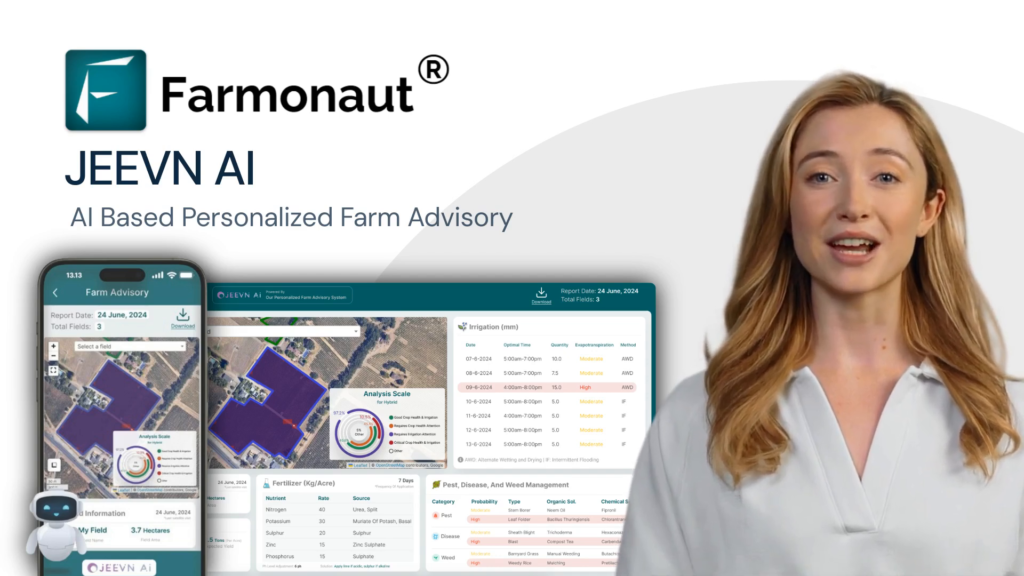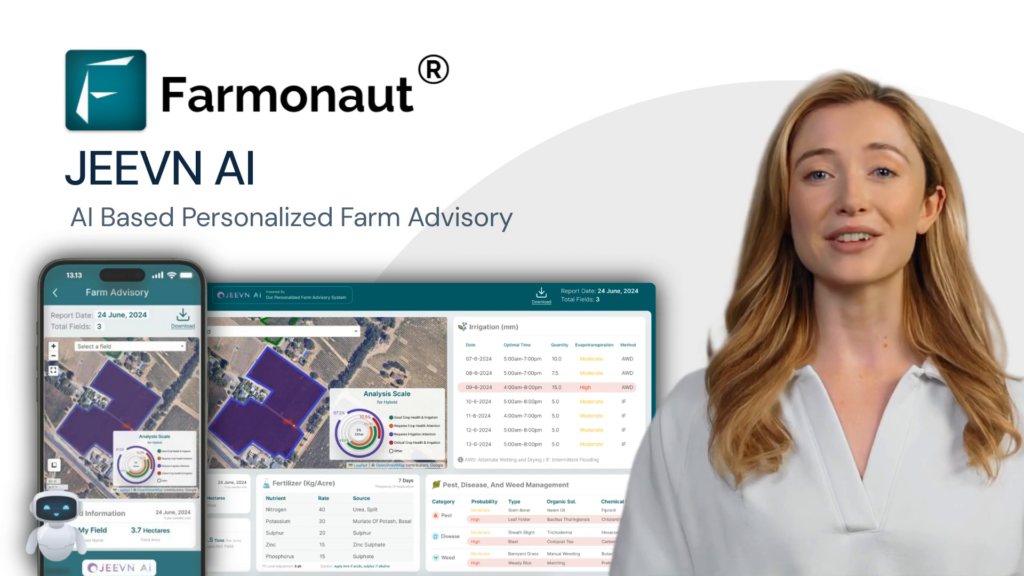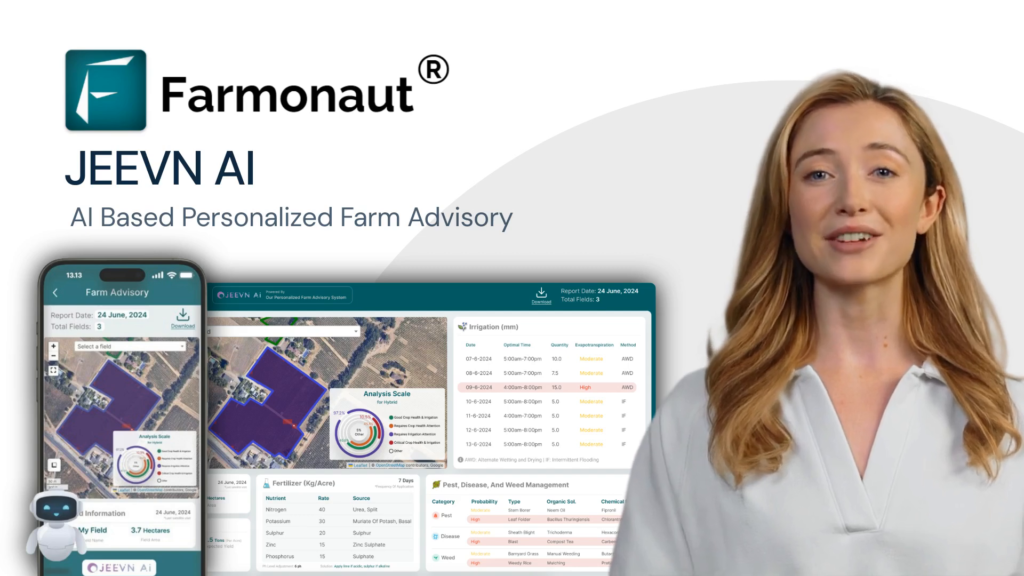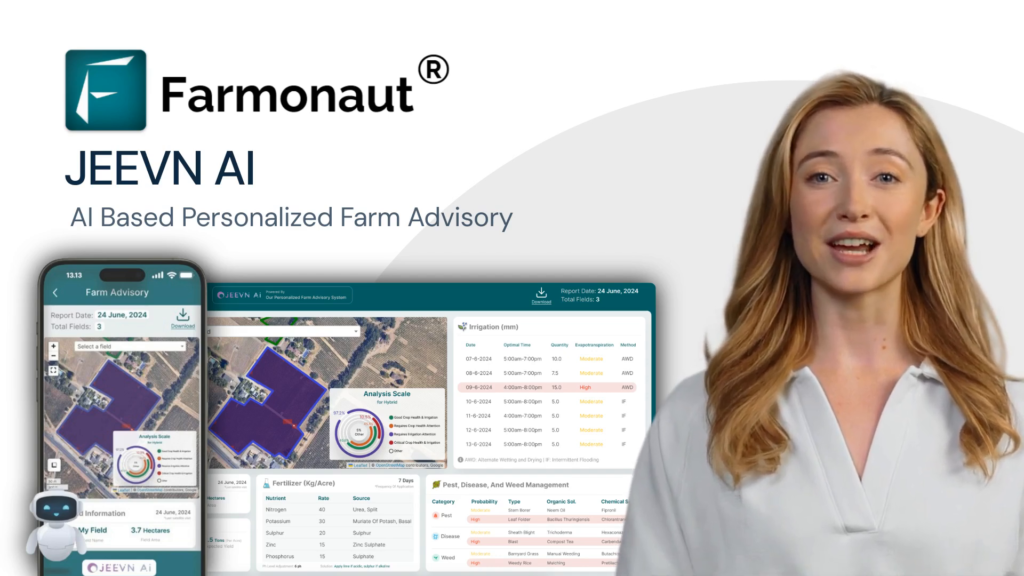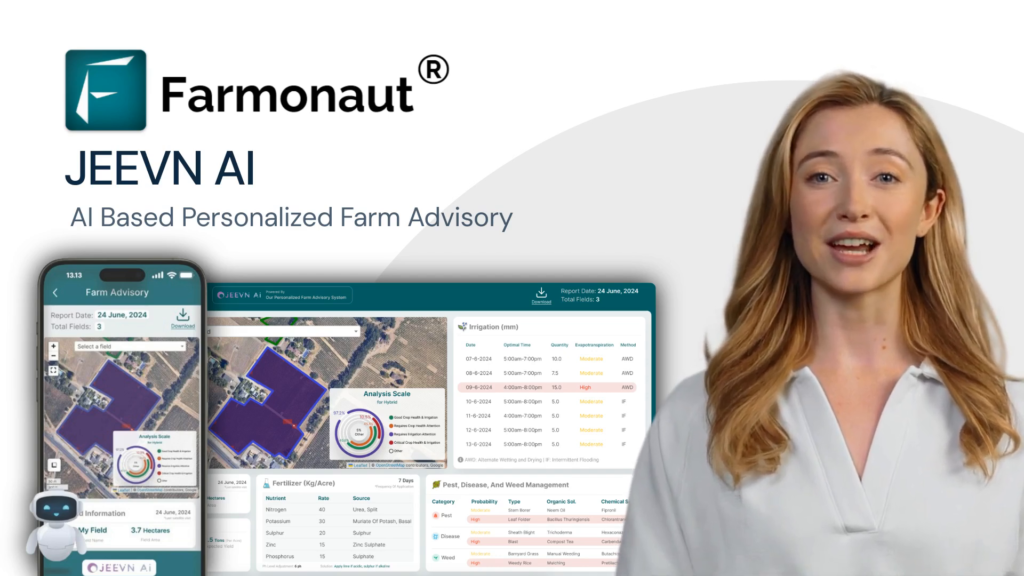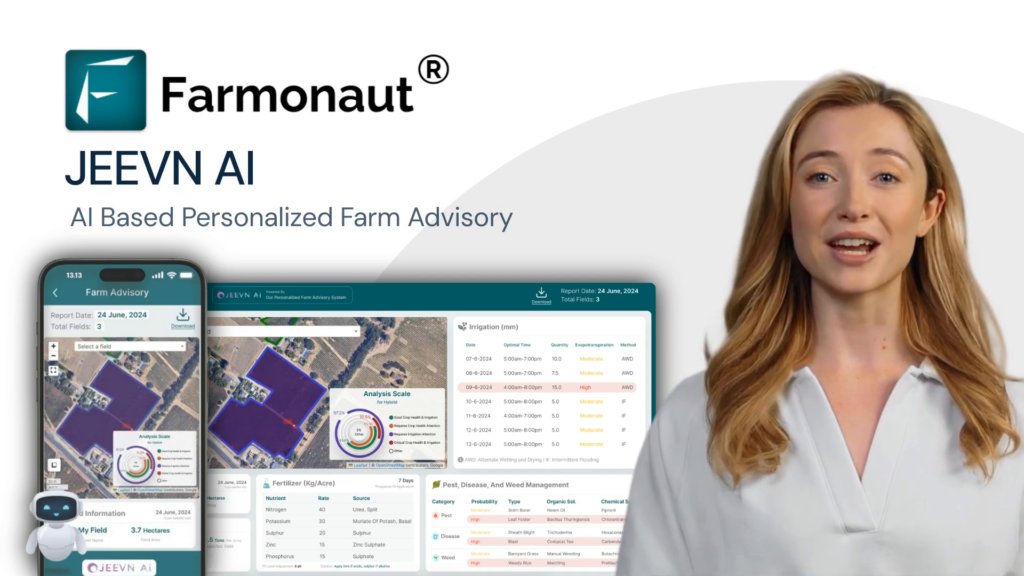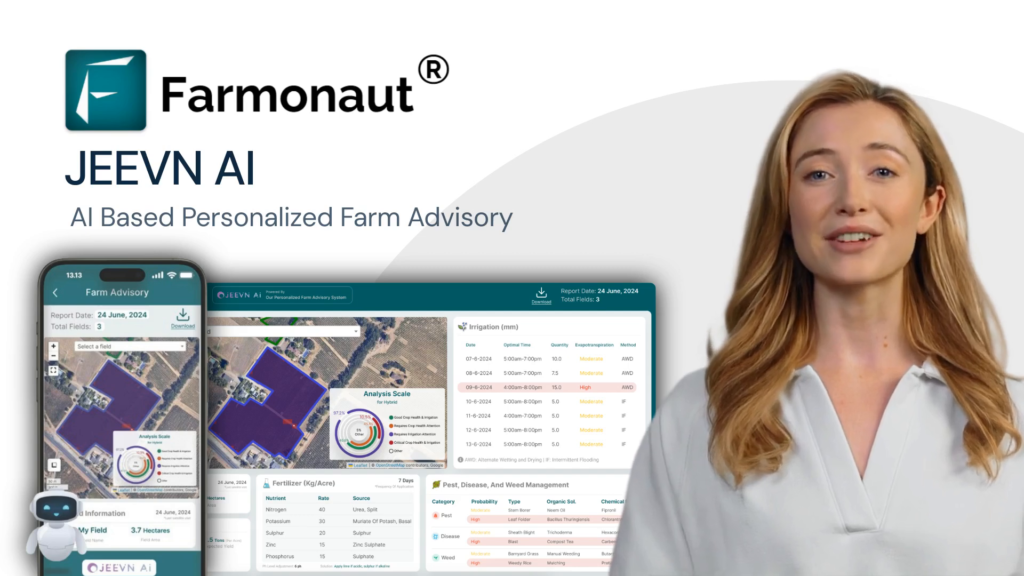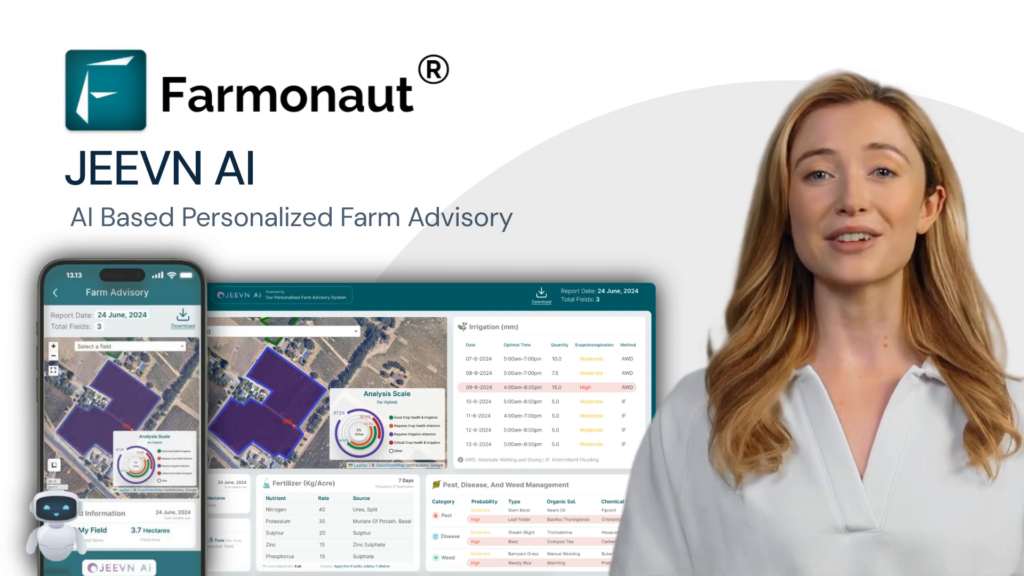Adairsville Residents Rally Against Proposed Data Center: Balancing Rural Development and Community Concerns
“The proposed data center in Adairsville, Georgia would span 2.274 million square feet across six buildings on 588 acres of land.”
In the quiet, rural landscape of Bartow County, Georgia, a storm is brewing. The peaceful community of Adairsville finds itself at the center of a heated debate over a proposed data center development that threatens to reshape the very fabric of their rural lifestyle. As we delve into this complex issue, we’ll explore the concerns of local residents, the potential impacts on the environment, and the broader implications for rural communities facing similar challenges across the nation.
The Proposed Data Center: A Closer Look
Atlas Development, the company behind the project, has set its sights on a sprawling 588-acre plot of land near Adairsville. Their vision? A massive data center campus comprising six buildings and covering an astounding 2.274 million square feet. To put this into perspective, that’s equivalent to nearly 40 football fields of industrial development in what is currently a serene, agricultural setting.
The proposal calls for rezoning the land from agricultural to industrial use, a move that has sent shockwaves through the community. With a projected completion date set for the end of 2031, the data center represents a significant long-term change to the area’s landscape and economy.

Community Opposition: Voices from Adairsville
As news of the proposed data center spread, residents of Adairsville and the surrounding areas quickly mobilized to voice their concerns. The quiet roads of Bartow County, particularly Barnsley Gardens Road, are now lined with signs proclaiming “Stop the Data Center,” a clear indication of the growing opposition to the project.
“Residents along Barnsley Gardens Road have placed signs reading ‘Stop the Data Center’ to protest the rezoning of agricultural land.”
We spoke with several local residents to understand their perspectives on the proposed development:
- David Green Sr., a long-time resident whose family has owned property in the area since the Civil War, expressed frustration at the lack of basic amenities in the area compared to the proposed industrial development. “We don’t have a store within eight miles. We don’t have a fire department within eight miles. So why do we need this center here? None of my neighbors want it,” Green stated emphatically.
- Cathy Weeks voiced concerns about the impact on local wildlife, saying, “There’s so much wildlife up here. I mean, we even have the occasional bear up here. If that data center goes in, everything is going to just run!”
- James Lockridge highlighted infrastructure concerns, particularly regarding water supply. “A lot of us are still on well water, and that could affect that. It’s not a good thing all the way around for the locals,” he explained.
- Allison and Josh Cauthen have taken a leading role in organizing community opposition. They’ve created a Facebook page, distributed signs, and started a petition to be submitted to Bartow County leaders. “We all enjoy the privacy and the serene area that we live in,” Allison Cauthen remarked, emphasizing the potential loss of their cherished rural lifestyle.
The Developer’s Perspective
While community opposition is strong, Atlas Development and their representatives argue that the data center would bring significant benefits to the area. Brandon Bowen, an attorney representing Atlas Development, offered insights into the project’s rationale and potential advantages:
- Economic Benefits: Bowen emphasized the substantial tax revenue the data center would generate for the county, potentially bolstering local services and infrastructure.
- Minimal Traffic Impact: Unlike other industrial developments, data centers typically generate very little traffic, potentially minimizing disruption to local roads.
- Compliance with Local Ordinances: Bowen assured that the data center would adhere to all county regulations, including noise restrictions and environmental standards.
- Growing Demand: The attorney highlighted the increasing need for data storage facilities, driven by the growth of AI and digital services.
Despite these assurances, many residents remain unconvinced, fearing that the promised benefits don’t outweigh the potential costs to their way of life and the local environment.
Environmental and Infrastructure Concerns
The proposed data center raises several critical environmental and infrastructure concerns that extend beyond the immediate impact on residents’ quality of life:
- Water Supply: Data centers require significant amounts of water for cooling systems. In an area where many residents rely on well water, there are legitimate concerns about the strain on local water resources.
- Wildlife Habitat: The 588-acre development would inevitably disrupt local ecosystems, potentially displacing a variety of wildlife species, including bears that occasionally roam the area.
- Noise Pollution: While data centers are not typically associated with high levels of noise, the constant hum of cooling systems and backup generators could alter the area’s peaceful ambiance.
- Light Pollution: The 24/7 operation of a data center campus could introduce significant light pollution to an area accustomed to dark night skies.
- Energy Consumption: Large-scale data centers are known for their substantial energy requirements, which could strain local power infrastructure and potentially lead to increased reliance on fossil fuels if not carefully managed.

The Broader Context: Rural Development and Data Centers
The situation in Adairsville is not unique. Across the United States and globally, rural communities are grappling with similar challenges as technology companies seek to expand their data infrastructure. This trend raises important questions about the future of rural areas and the balance between economic development and preserving traditional ways of life.
Here are some key considerations in this ongoing debate:
- Economic Opportunities vs. Environmental Costs: While data centers can bring significant tax revenue and some job opportunities, they often come at the cost of transforming large swaths of rural or agricultural land into industrial zones.
- Changing Rural Landscapes: The introduction of large-scale industrial facilities like data centers can fundamentally alter the character of rural communities, potentially impacting tourism, agriculture, and local cultural heritage.
- Infrastructure Strain: Rural areas may struggle to provide the necessary infrastructure to support large data centers, including high-capacity power lines, water supply, and improved road networks.
- Property Values: There are concerns about how proximity to industrial facilities might affect residential property values in traditionally rural areas.
- Community Division: Proposals for major developments can create rifts within communities, pitting those who see economic opportunities against those who prioritize preserving the existing way of life.
Comparative Analysis: Developer Claims vs. Resident Concerns
To better understand the contrasting perspectives on the proposed Adairsville data center, let’s examine a side-by-side comparison of the developers’ claims and the residents’ concerns:
| Aspect | Developers’ Claims | Residents’ Concerns |
|---|---|---|
| Economic Impact | Significant increase in local tax revenue | Potential decline in agricultural revenue and tourism |
| Environmental Effects | Minimal impact, adherence to local regulations | Disruption of wildlife habitats, increased water usage |
| Traffic | Minimal increase in local traffic | Concerns about road maintenance and potential for increased heavy vehicle traffic |
| Noise Levels | Compliance with local noise ordinances | Fears of constant background noise from cooling systems |
| Property Values | No significant impact predicted | Worries about declining residential property values near industrial zone |
| Community Character | Modern development bringing area into digital age | Loss of rural charm and agricultural heritage |
The Role of Technology in Agriculture: A Farmonaut Perspective
While the proposed data center has raised concerns about the industrialization of rural areas, it’s important to note that technology can also play a positive role in supporting and enhancing agricultural communities. Companies like Farmonaut are at the forefront of this intersection between technology and traditional farming practices.
Farmonaut offers satellite-based farm management solutions that empower farmers with data-driven insights, helping them optimize crop yields, reduce resource waste, and adapt to changing environmental conditions. Unlike large-scale industrial developments, these technologies work to preserve and enhance existing agricultural practices rather than replace them.
Key benefits of agricultural technology solutions include:
- Real-time crop health monitoring
- AI-driven personalized farm advisory
- Efficient resource management
- Improved access to agricultural financing
- Support for sustainable farming practices
For rural communities like Adairsville, exploring these types of agricultural technology solutions could offer a way to embrace modernization while preserving their agricultural heritage and rural character.
Explore Farmonaut’s solutions:
The Path Forward: Seeking Balance and Community Engagement
As the debate over the proposed data center in Adairsville continues, it’s clear that finding a resolution will require careful consideration of all stakeholders’ concerns. Here are some potential steps that could help address the situation:
- Comprehensive Environmental Impact Assessment: Conducting a thorough, independent study of the potential environmental impacts, including effects on water resources, wildlife, and local ecosystems.
- Community Benefit Agreements: Exploring the possibility of legally binding agreements that ensure the local community receives tangible benefits if the project proceeds, such as investments in local infrastructure or education programs.
- Alternative Site Analysis: Investigating whether there are alternative locations for the data center that might have less impact on residential areas and agricultural land.
- Phased Development Approach: Considering a scaled-down or phased approach to the project that allows for gradual integration and ongoing assessment of impacts.
- Enhanced Local Planning Processes: Developing more robust county-wide planning strategies that balance economic development with preservation of rural character and environmental resources.
- Exploration of Agricultural Technology Solutions: Investigating how advanced agricultural technologies, like those offered by Farmonaut, could support local farmers and maintain the area’s agricultural heritage while embracing technological progress.
Conclusion: A Crossroads for Adairsville
The proposed data center in Adairsville represents more than just a local zoning issue; it embodies the broader challenges facing rural communities in an increasingly digital world. As residents rally against the development, their concerns highlight the complex interplay between economic progress, environmental stewardship, and the preservation of rural ways of life.
While the outcome of this particular proposal remains uncertain, the debate it has sparked serves as a valuable case study for other communities facing similar challenges. It underscores the need for thoughtful, inclusive planning processes that give voice to all stakeholders and carefully weigh the long-term implications of large-scale developments in rural areas.
As we move forward, it’s crucial to explore innovative solutions that can bridge the gap between technological advancement and rural preservation. Whether through careful negotiation of data center proposals or the adoption of agriculture-enhancing technologies like those offered by Farmonaut, rural communities must find ways to embrace progress without sacrificing their essential character and natural resources.
The story of Adairsville’s data center debate is far from over, but it serves as a powerful reminder of the importance of community engagement, environmental responsibility, and balanced development in shaping the future of our rural landscapes.
FAQs About the Proposed Adairsville Data Center
- Q: What exactly is a data center, and why is it being proposed for Adairsville?
A: A data center is a facility used to house computer systems and associated components, such as telecommunications and storage systems. The proposed data center in Adairsville is part of the growing demand for data storage and processing capabilities, driven by the expansion of digital services and AI technologies. - Q: How large is the proposed data center?
A: The proposed data center would cover 588 acres of land, with plans for six buildings totaling 2.274 million square feet. - Q: What are the main concerns of Adairsville residents regarding the data center?
A: Residents are primarily concerned about the impact on their rural lifestyle, potential environmental effects, noise pollution, property values, and the strain on local infrastructure, particularly water resources. - Q: What benefits does the developer claim the data center will bring to Adairsville?
A: The developer argues that the data center will generate significant tax revenue for the county, create jobs, and have minimal impact on local traffic compared to other industrial developments. - Q: How might the data center affect local wildlife?
A: There are concerns that the large-scale development could disrupt local ecosystems and wildlife habitats, potentially displacing animals, including bears that are occasionally seen in the area. - Q: What is the current status of the data center proposal?
A: As of the latest information, the county is set to discuss rezoning the area in April. If approved and built, the data center could be operational in 7 to 10 years. - Q: How are residents organizing to oppose the data center?
A: Residents have placed signs along roads, created a Facebook page, started a petition, and attended town hall meetings to voice their opposition to the project. - Q: Are there any alternatives being considered to the current proposal?
A: While no official alternatives have been announced, there are calls for exploring other locations, considering a scaled-down version of the project, or investigating other forms of economic development that align more closely with the area’s rural character. - Q: How might this decision impact other rural communities facing similar proposals?
A: The outcome of this debate could set a precedent for how rural communities across the country approach large-scale technology infrastructure projects, balancing economic development with preservation of rural lifestyles and environments. - Q: Where can residents get more information or voice their opinions about the proposed data center?
A: Residents can attend county meetings, participate in town halls organized by the developers, and contact their local government representatives. The Facebook page created by opponents of the project also serves as an information hub for concerned citizens.
Earn With Farmonaut: Affiliate Program
Earn 20% recurring commission with Farmonaut’s affiliate program by sharing your promo code and helping farmers save 10%. Onboard 10 Elite farmers monthly to earn a minimum of $148,000 annually—start now and grow your income!
Additional Resources
For those interested in learning more about the intersection of technology and agriculture, as well as the challenges facing rural communities, we recommend the following resources:
- Farmonaut API: Explore how developers can integrate satellite and weather data into agricultural applications. Learn more about Farmonaut’s API.
- Farmonaut API Developer Docs: Detailed documentation for developers looking to leverage Farmonaut’s technology. Access the API docs here.
- The Role of AI in Agriculture: Watch this informative video about how artificial intelligence is transforming farming practices:
As we continue to monitor the developments in Adairsville and similar situations across the country, it’s clear that the conversation around rural development, technology integration, and community preservation will remain crucial. By staying informed and engaged, we can work towards solutions that honor the rich heritage of our rural areas while embracing the opportunities of the digital age.





